Understanding the Austin Construction Landscape
Austin, Texas, has rapidly evolved into one of the most vibrant construction landscapes in the nation. With its booming population, thriving technology sector, and a commitment to sustainability, the city has seen an explosion of construction projects in recent years. Austin construction encompasses everything from residential developments to commercial infrastructures, and understanding this landscape is crucial for anyone considering a project in the area.
Key Trends Shaping Construction in Austin
Several key trends are currently shaping the Austin construction scene:
- Smart Technology Integration: The adoption of smart technology in buildings is revolutionizing how construction companies operate. From smart thermostats to advanced security systems and energy management tools, integrating technology into the construction process can significantly enhance efficiency and sustainability.
- Urban Infill Development: As the city’s population surges, urban infill is becoming more prevalent. Developers are repurposing underutilized areas and vacant lots to accommodate growing housing demands without expanding into new rural areas, preserving the surrounding environment.
- Sustainable Design Practices: There’s a growing push toward minimizing the environmental impact of construction projects. Techniques such as green roofs, energy-efficient systems, and sustainable material sourcing are gaining traction.
Regulatory Considerations and Challenges
While the booming construction environment in Austin presents many opportunities, it is also accompanied by a complex array of regulations and challenges. Local zoning laws can influence project feasibility, while environmental regulations ensure sustainability standards are met. Understanding these parameters is crucial for any construction project.
For example, the city’s zoning codes dictate the type of structures that can be built in different areas, and there is often a lengthy approval process to navigate. Familiarity with these local regulations can save time and resources and ultimately determine a project’s success.
The Role of Innovation in Austin Construction
Innovation plays an integral role in Austin’s construction dynamics. Companies are leveraging new methodologies and technologies to streamline their processes and improve project outcomes. Prefabrication, for instance, allows off-site construction of components, which can reduce waste and accelerate project timelines.
Furthermore, the use of Building Information Modeling (BIM) facilitates more accurate planning and visualization, enabling construction teams to identify potential issues before they arise. As Austin continues to attract tech talent, we can expect to see even more innovative approaches emerge in the construction sector.
Planning Your Austin Construction Project
Effective planning is instrumental in ensuring the success of any construction project in Austin. It involves careful consideration of project goals, resources, timeline, and budget.
Best Practices for Project Management
Project management in construction requires a fine balance of leadership, communication, and technical skills. Here are some best practices to consider:
- Clear Communication: Establishing open lines of communication between all stakeholders—contractors, project managers, clients, and suppliers—can mitigate misunderstandings and foster collaboration.
- Utilize Project Management Software: Implementing specialized software can help in tracking progress, managing schedules, and facilitating documentation, thus enhancing project efficiency.
- Regular Assessments: Conducting regular assessments to monitor progress against the original plan helps identify issues early, allowing for timely adjustments.
Budgeting for Austin Construction Costs
Budgeting requires a comprehensive understanding of various cost factors, including labor, materials, permits, and unforeseen expenses. Here’s how to effectively budget for your project:
- Conduct a Thorough Market Analysis: Research current market rates for labor and materials in Austin to ensure your budget reflects true market conditions.
- Include Contingencies: Build a contingency allowance into your budget for unexpected costs, which are common in construction projects.
- Engage with Financial Experts: Collaborating with financial planners experienced in construction can provide insights into cost optimization and risk management.
Timeline Development and Scheduling
Developing a realistic timeline is essential to keep the project on track. Here are key steps to create an effective schedule:
- Define Key Milestones: Identify critical phases of the project, including design completion, ground-breaking, and final inspections.
- Allocate Resources Wisely: Ensure that the right resources are available when needed to prevent delays.
- Flexibility is Key: Be prepared to adjust the schedule as needed, since unforeseen challenges can arise throughout the construction process.
Choosing the Right Contractors in Austin
The success of a construction project significantly depends on the contractors chosen. Selecting the right team can make or break your project, so it is important to approach this decision carefully.
What to Look for in a Construction Company
When searching for a contractor in Austin, consider the following attributes:
- Experience and Reputation: Look for contractors with a solid track record in Austin, as local experience often correlates with better knowledge of local regulations and supply chains.
- Portfolio of Past Work: Review the company’s portfolio to assess the quality and diversity of their previous projects.
- Licenses and Insurance: Ensure the contractor is properly licensed and insured to protect against liabilities and project setbacks.
Interviewing and Selecting Your Team
Once you’ve narrowed down potential contractors, conduct thorough interviews. Here are some tips to ensure effective selection:
- Ask Detailed Questions: Inquire about their previous projects, how they handle challenges, and their process for ensuring quality and deadlines.
- Check References: Always ask for references from past clients and conduct follow-up calls to understand their experiences.
- Evaluate Communication Skills: Choose a contractor who communicates clearly and effectively, as this will foster better collaboration throughout the project.
Building Partnerships for Success
Building partnerships with your contractors and other stakeholders is critical. Successful collaboration leads to improved project outcomes and fosters trust. Here are strategies for nurturing these partnerships:
- Establish Clear Expectations: Set clear expectations regarding project objectives, timelines, and responsibilities from the outset.
- Foster Open Communication: Encourage regular check-ins and updates, ensuring everyone is aligned and any issues are addressed promptly.
- Celebrate Milestones Together: Acknowledge and celebrate key achievements to strengthen relationships and motivate teams.
Sustainable Practices in Austin Construction
With increasing awareness of environmental issues, sustainable construction practices have become a priority in Austin. These practices not only benefit the environment but can also result in cost savings over the life of the building.
Implementing Eco-Friendly Materials
Utilizing eco-friendly materials is a fundamental aspect of sustainable construction. Some popular choices include:
- Recycled Materials: Incorporating recycled materials can reduce waste and minimize the environmental footprint of your project.
- Sustainable Timber: Using timber sourced from sustainably managed forests helps preserve ecosystems and can contribute to LEED certification.
- Low-VOC Paints: Volatile organic compounds (VOCs) can impact indoor air quality. Opt for low-VOC paints and finishes to enhance occupant health and comfort.
Energy Efficiency in Building Designs
Designing buildings with energy efficiency in mind is crucial. Consider the following strategies to enhance energy performance:
- Better Insulation: High-quality insulation helps maintain indoor temperature, reducing energy costs for heating and cooling.
- Natural Lighting: Design spaces to maximize natural light, which can reduce reliance on artificial lighting and enhance occupant well-being.
- Energy-Efficient Appliances: Install appliances with high energy efficiency ratings to minimize energy consumption and lower utility bills.
Regulatory Requirements for Sustainability
Texas has implemented various regulatory measures to promote sustainability in construction. Understanding these requirements is essential:
For example, the Texas Energy Code mandates certain energy efficiency standards for new buildings. Adhering to these regulations can facilitate smoother project approval and enhance the building’s long-term viability.
Moreover, pursuing certifications such as LEED (Leadership in Energy and Environmental Design) can provide recognition for sustainable practices while potentially attracting eco-conscious tenants or buyers.
Measuring Success in Austin Construction Projects
Evaluating the success of a construction project extends beyond its completion. Continuous improvement can be achieved through various metrics and feedback mechanisms.
Key Performance Indicators for Project Evaluation
Deploying key performance indicators (KPIs) can significantly enhance project evaluation. Some essential KPIs to consider include:
- On-Time Delivery: Assess whether the project was completed within the scheduled timeline.
- Budget Adherence: Evaluate how well the project adhered to the established budget, including any cost overruns.
- Quality of Work: Implement quality assessments to measure the finished product against expected standards.
Feedback Mechanisms to Improve Future Projects
Establishing feedback mechanisms can facilitate learning and improvement in future projects. Consider these approaches:
- Post-Project Evaluations: Conduct thorough evaluations to discuss successes and areas for improvement.
- Stakeholder Surveys: Gather feedback from clients, workers, and partners to gain insights into the project process and execution.
- Regular Team Debriefs: Hold regular debrief sessions during a project to capture observations and lessons learned in real time.
Long-term Impact on the Austin Community
Ultimately, the success of construction projects in Austin should be reflected not only in immediate metrics but also in their long-term impact on the community. Assess the contributions your project makes to:
- Community Development: Evaluate how the project enhances local neighborhoods and supports community needs.
- Employment Opportunities: Consider the job opportunities created for local residents through construction and subsequent operations.
- Environmental Impact: Assess the sustainability of the project and its contribution to a greener Austin.
In summary, the Austin construction landscape is characterized by its dynamism and commitment to innovation, sustainability, and community engagement. As more developers embrace these principles, the city’s construction future looks promising, paving the way for projects that meet both current needs and future aspirations.
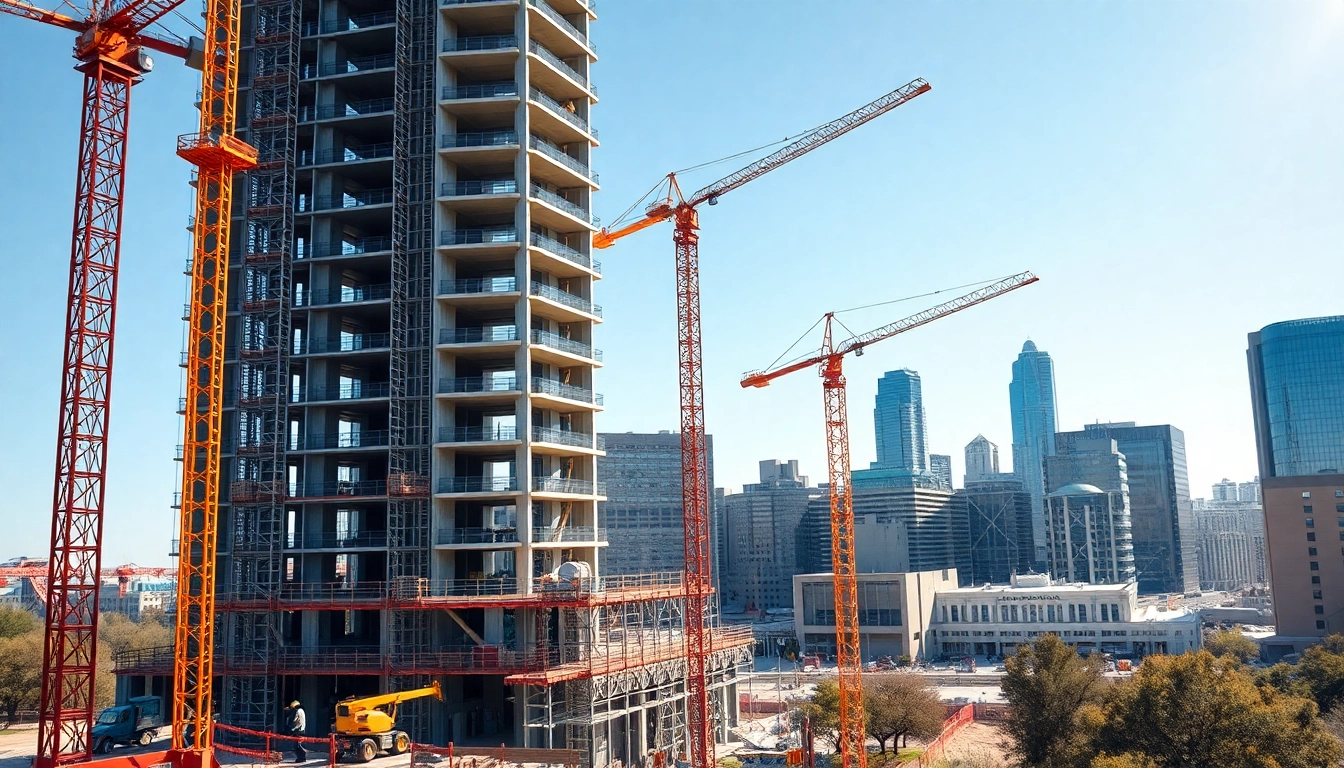

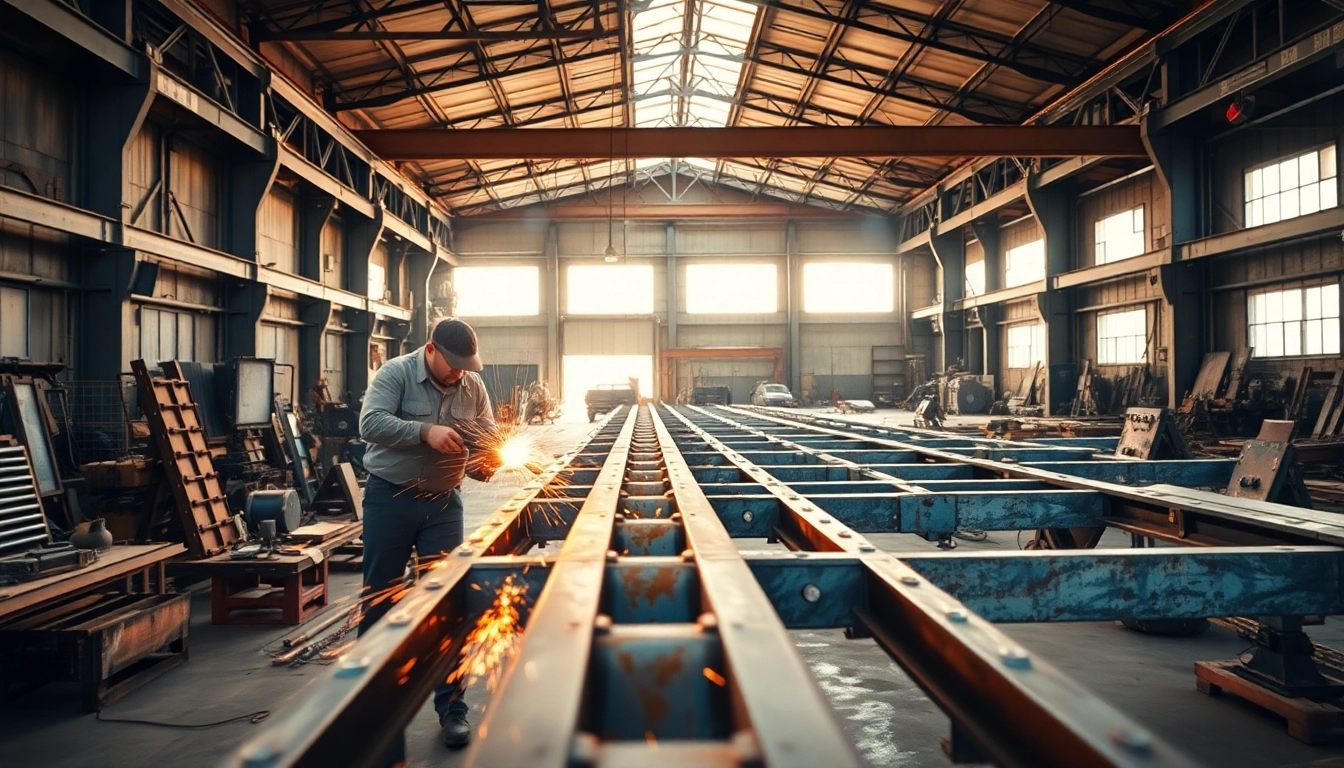

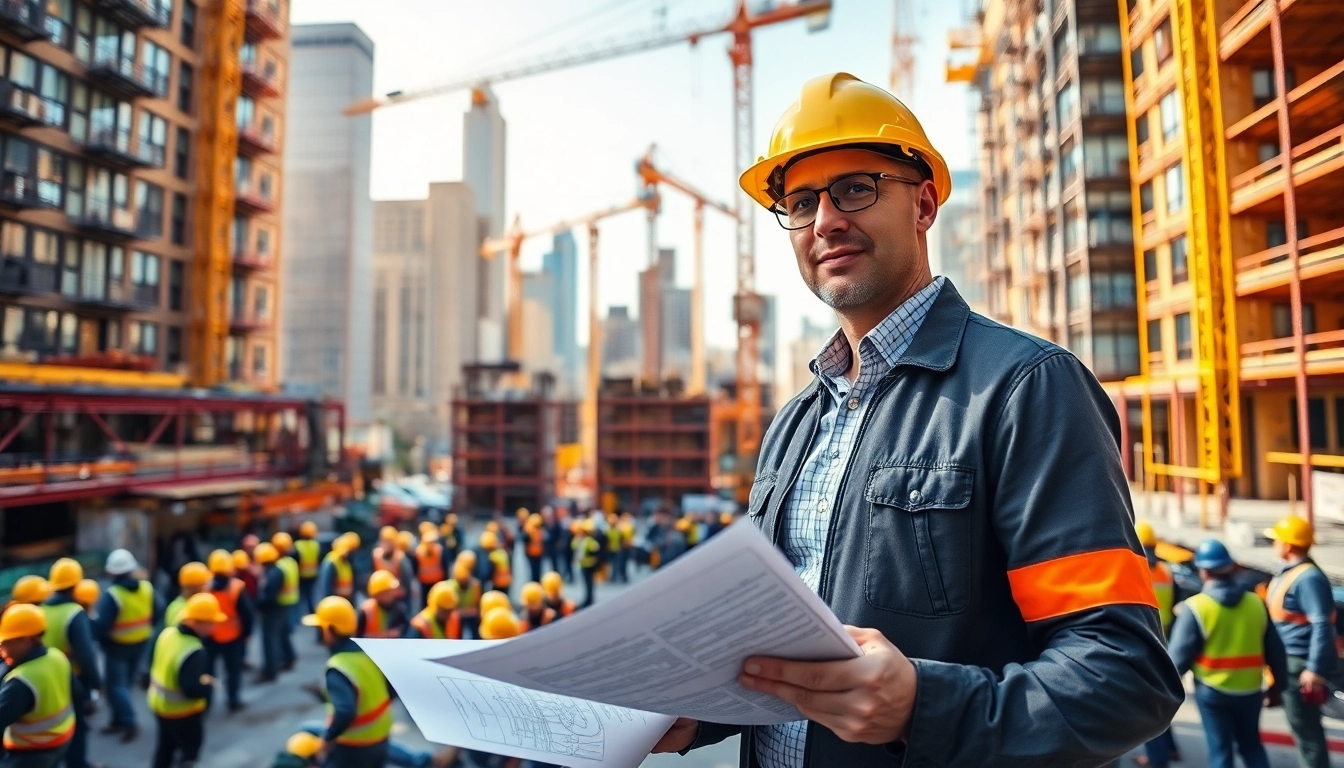
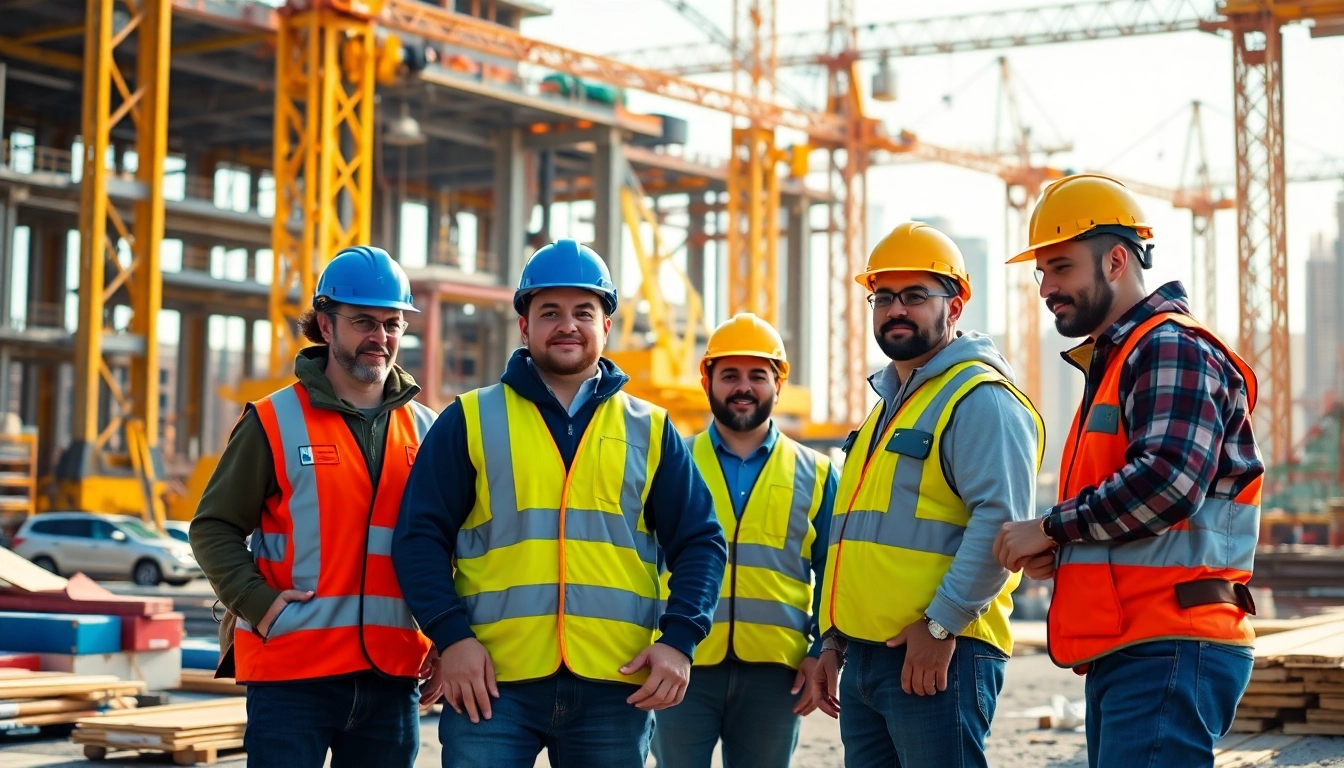



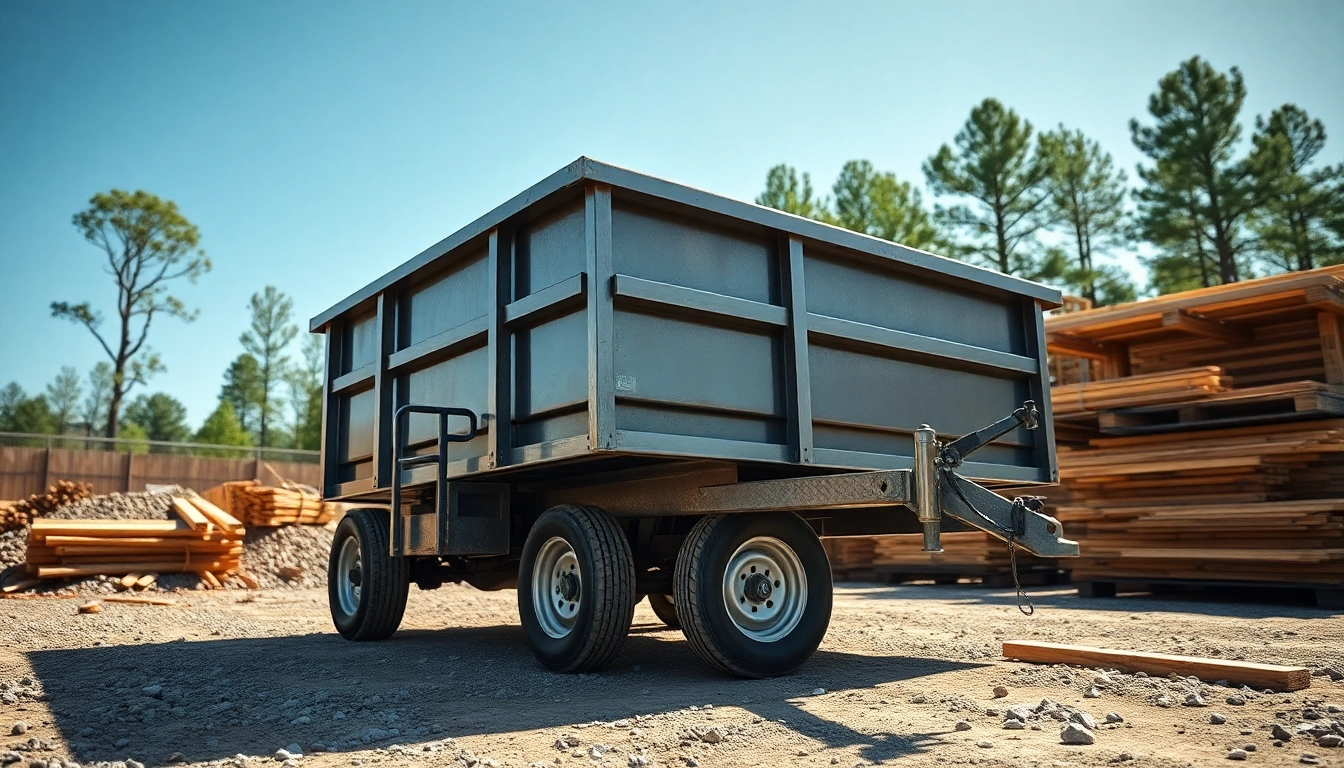




Leave a Reply